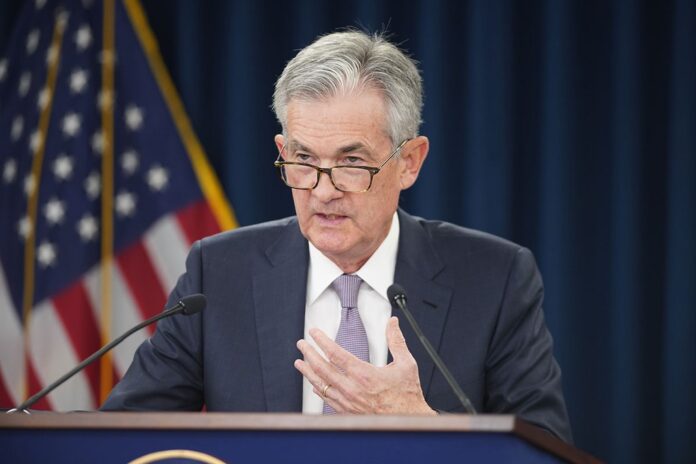Powell justifies spiralling Fed HQ costs amid mounting scrutiny over $2.5bn refurbishment bill
Federal Reserve Chair Jay Powell has come under fire for defending a staggering $2.5 billion refurbishment of the Fed’s historic Washington headquarters—a price tag that has raised eyebrows across the political spectrum.
In response to sharp questions during a congressional hearing this week, Powell defended the project’s scope and cost, describing it as a long-overdue investment in infrastructure. He argued that the renovation of the Eccles Building, the Fed’s main facility built during the 1930s, was essential to modernise security systems, comply with safety regulations, and ensure the central bank’s operations remain functional for decades to come.
Powell stated that decisions about the refurbishment were guided by independent assessments and professional advice. “This is not a luxury project,” he said. “We’re not putting in gold-plated toilets. We’re trying to ensure our building is secure, accessible, and fit for purpose.”
Despite these assurances, criticism has mounted. Lawmakers and public officials have questioned how a public agency could justify such a hefty expenditure, particularly amid ongoing concerns about inflation, interest rates, and public trust in government spending.
The Federal Reserve, which operates independently of the executive branch and does not rely on congressional funding, maintains its own budget. However, the size of the refurbishment budget has still sparked intense scrutiny.
Powell told members of the House Financial Services Committee that the price increase reflected evolving construction costs, stricter regulatory requirements, and unexpected structural challenges discovered during early stages of the overhaul.
Still, critics remain unconvinced.
Embed from Getty Images“This is outrageous,” said one Republican lawmaker. “Americans are struggling with mortgage rates, grocery prices, and soaring rents—yet the Fed is funnelling billions into a vanity project?”
The original budget for the refurbishment was significantly smaller, but costs ballooned after design revisions and post-pandemic adjustments. Powell did not disclose exactly how much of the cost had already been spent or how much had been contractually committed but reiterated that the Fed’s Office of Inspector General continues to monitor the project.
The Eccles Building, named after former Fed chair Marriner Eccles, has not undergone a major upgrade in nearly a century. While many accept that updates were inevitable, few expected a bill in the billions.
Democratic representatives have been more cautious in their response, with some urging transparency rather than outright cancellation of the project.
“We understand the importance of keeping the Fed’s infrastructure modern and secure,” one Democrat said. “But transparency is key—especially when public confidence is so fragile.”
Powell, who has served as Fed Chair since 2018, is no stranger to pressure from both sides of the aisle. His current term runs until 2026, but controversies like this risk overshadowing the Fed’s broader mandate to manage inflation and employment.
While the building sits mere blocks from the White House, the Fed’s independence—and its massive influence over the US economy—places it in a unique spotlight. Powell concluded his remarks by pledging to share more detailed information with Congress in the coming months.
As the backlash grows, many are left wondering: is this just a costly renovation—or a symbol of how out of touch America’s financial elite has become?
